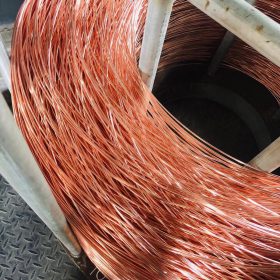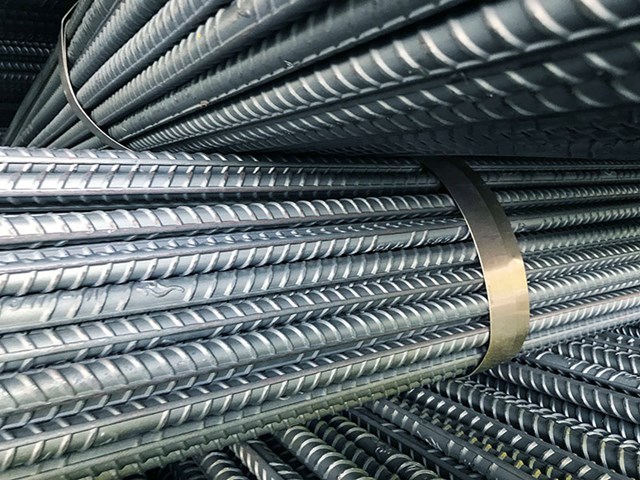The price of thermal coal, used in power plants, has increased 110% since the start of the year and reached a high not seen since 2008 on the Cambodian market, at $179 a tonne. This could make it difficult for Cambodia, where many power plants still use coal as raw materials.
Coal prices are being pushed up by China and India increasing orders to meet higher electricity demand from manufacturing plants.
The Indonesian Ministry of Energy and Mineral Resources (EMR) quoted the reference coal price (HBA, as the basis for this country’s coal production and trading enterprises to offer) in September 2021 at 150.03 USD/ tonnes, up 14.53% from $130.99/mt in August and the highest level since peaking at $116.65/mt in November 2011. Indonesian coal is mainly used in thermal power plants.
Meanwhile coal supply has not increased because miners are reluctant to invest in an industry unpopular with governments and people around the world.
Rising coal prices could make it difficult for Cambodia, whose electricity sector has flourished over the past decade.

According to Cambodia’s Ministry of Mines and Energy (MME), in 2020, up to 47% of the Kingdom’s electricity production will come from thermal power plants. Accordingly, thermal power plants produce nearly 4,000 gigawatt hours of electricity. One gigawatt equals 1,000 megawatts. One megawatt of electricity from a coal plant generates enough energy to power an average of 400 to 900 Western-style homes for a year.
Bridget McIntosh, director of national consultancy on sustainable energy, EnergyLab Cambodia, said: “Global coal prices have fluctuated significantly over the past decade and Cambodia is at great risk from those fluctuations because The electricity price that electric and electronics producer Electricite du Cambodge [EDC] pays to power plants depends on the price of imported coal.
In Cambodia, hydropower is the second largest source of electricity after coal, with 41%, but recent droughts have made the country reluctant to rely too much on hydropower plants. For the remainder of electricity production in 2020, 8% will come from fuel oil, 3% from solar and 1% from biomass.
Amaury Brucker, media and development support officer at Singapore-based renewable energy company The Blue Circle, said the proportion of electricity generated from other materials is likely to change along with coal prices.
“This dramatic price volatility shows that coal is not only harming the planet, but also cannot be the place on which humanity can make long-term investment decisions. Due to the Purchase Agreements […] PPA] coal-fired electricity has a PPA based on coal prices – except in some very rare cases, the current sharp rise in fossil energy prices will have an impact on commodity price inflation , and also affect the country’s trade balance,” Mr. Brucker said.
“Meanwhile, wind and solar PPAs have fixed prices, so are more persuasive in the long run for decision makers. These energy sources are also cheaper than coal and much faster to build. – on average only half the time to build a thermal power plant.
Therefore, solar and wind power will be most likely to benefit from the government’s rapid shift in decision to sustainable energy sources. However, the speed of the energy transition will depend on the ability to phase out fossil fuels gradually as they are still important to the current economic development of the country,” Brucker said.
According to Ms. Bridget McIntosh: “The lowest coal price was in 2016, when EDC’s electricity cost was 9.5 cents/kilowatt hour [cent/kWh] on average. That was also the year EDC set its sights on solar energy. EDC can now buy solar energy for less than half the price – solar and wind power costs from 3.88 cents/kWh to 6.8 cents/kWh. Solar and wind power do not depend on imported fuels, so it is good for energy security and avoids economic risks from price fluctuations.”
Even so, the Kingdom is still expanding its thermal power generation capacity. A 265mW plant is under construction in Oddar Meanchey province, expected to go into operation early next year, using domestically mined coal as raw material.
The Cambodian government is more interested in solar energy. Blue Circle Company is still negotiating with EDC about wind energy production projects. The company said that negotiations are still underway, despite being affected by the Covid-19 epidemic, and is expected to reach an agreement by the end of the year. However, Blur Circle said that the Cambodian government has not really focused on wind energy, when the 2030 target for the total installed power generation capacity of 17,677mW, wind power will only account for 0.64%, while the industrial Solar power capacity is expected to be 12.1%. As such, it is forecast that coal will continue to be an important fuel in Cambodia’s power generation for many more years.
Reference: Khmertimeskh
T&G International Joint Stock Company
Address: 352 Hue Street, Le Dai Hanh Ward, Hai Ba Trung District, Hanoi
Hotline: 0345786803
Email: hrm@tginterjsc.com
Website: http://tginternationaljsc.com

















